Low Cholesterol Diet Plan: 7-Day Meal Plan To Lower Cholesterol
Lowering your cholesterol can feel like a daunting task, especially at the beginning when you aren’t quite sure what not to eat and need a 7 day low cholesterol diet. Perhaps more importantly, you might be unsure about what you should be eating. There is a lot of information out there that can seem overwhelming, and there are more than a few advertisements that make claims which may or may not be true.
But remember: what's good for one person may not be best for another. So feel free to tweak this plan to suit your needs or consult a healthcare professional for personalized advice.
Ready to take charge of your health? Let's dive into the world of a low cholesterol diet!
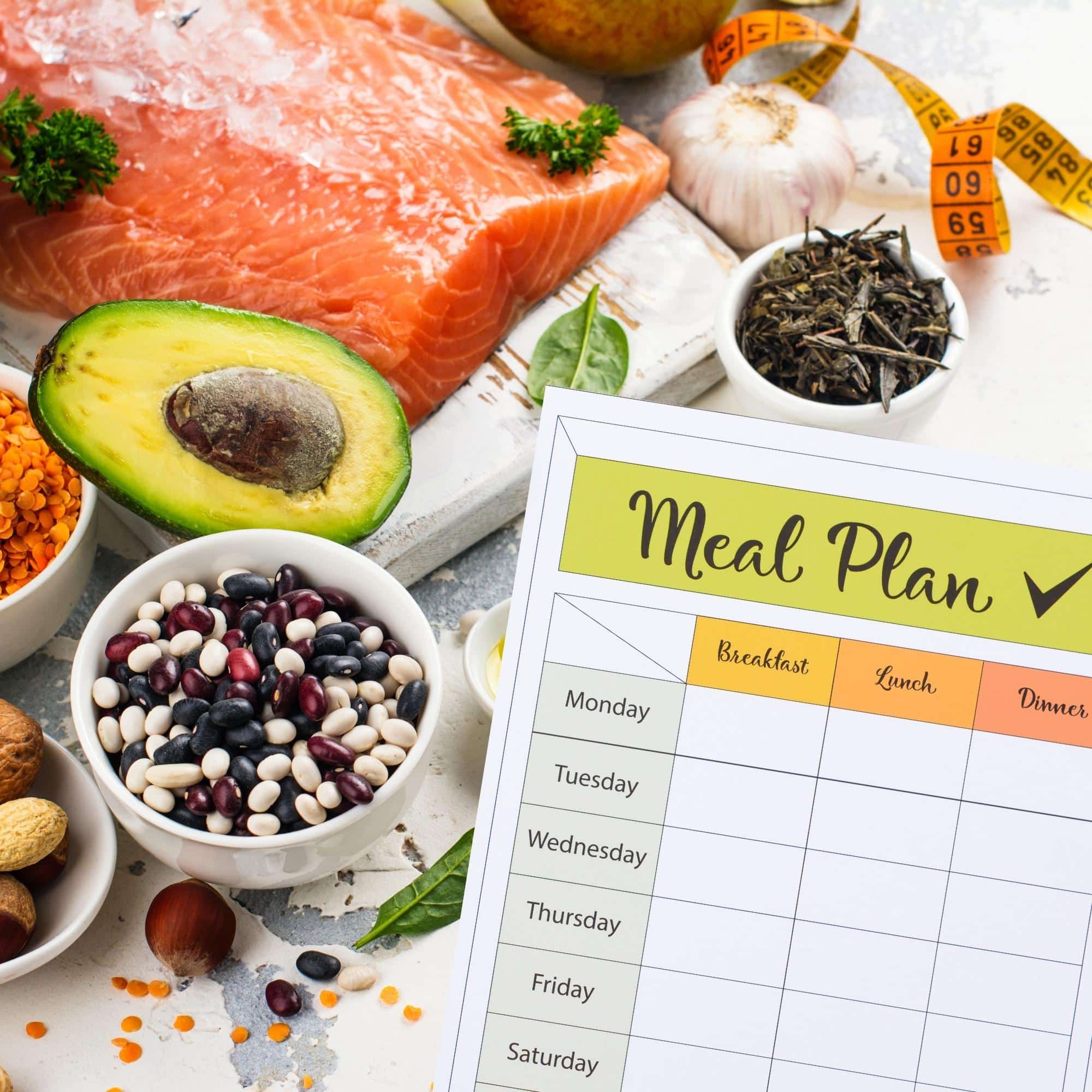
Jump to:
- Key Takeaways
- Understanding the Importance of a Low Cholesterol Meal Plan
- Starting Your Day Right: Low Cholesterol Breakfast Options
- Healthy and Delicious: Low Cholesterol Lunch Ideas
- End Your Day on a High Note: Low Cholesterol Dinner Recipes
- Snacking Smart for A Lower Cholesterol Diet
- Meal Plan And Foods For One Week
- The Role of Eating Whole Grains and Fresh Produce
- Navigating Dietary Fats: Saturated Fats vs. Healthy Fats in Foods
- Lowering Cholesterol’s Impact on Heart Healthy Diets
- Customizing Your Low Cholesterol Meal Plan to Fit Your Needs
- The Importance of Regular Check-ups and Monitoring Your Cholesterol Levels
- FAQs for Low Cholesterol Diet Plan
- Keeping Your Cholesterol Low Helps You Stay On Top Of Your Health
Key Takeaways
- The daily meal plan to lowering cholesterol includes meals that are low in saturated fats and high in whole grains, fresh produce, and lean proteins.
- The sample meal plan for one week includes a variety of nutritious options such as egg white omelet, grilled shrimp and zucchini kabobs, baked salmon, grilled chicken, turkey breast, lean steak, and grilled turkey burgers.
- Snacks in the meal plan include options like baby carrots with fat-free ranch dressing, almonds, sliced apple with peanut butter, handful of pecans, raw broccoli with hummus, whole wheat crackers with nut butter, fresh piece of fruit, and a handful of nuts.
- It is important to consult a doctor or nutritionist for personalized advice on specific health needs and to make changes to the meal plan according to individual preferences and requirements.
For More Recipes and Ideas --->> Get Your Free Meals and Recipes That Are Perfect for Pre-Dialysis Diets, Pre-Dialysis with Diabetes, or Dialysis Diets.
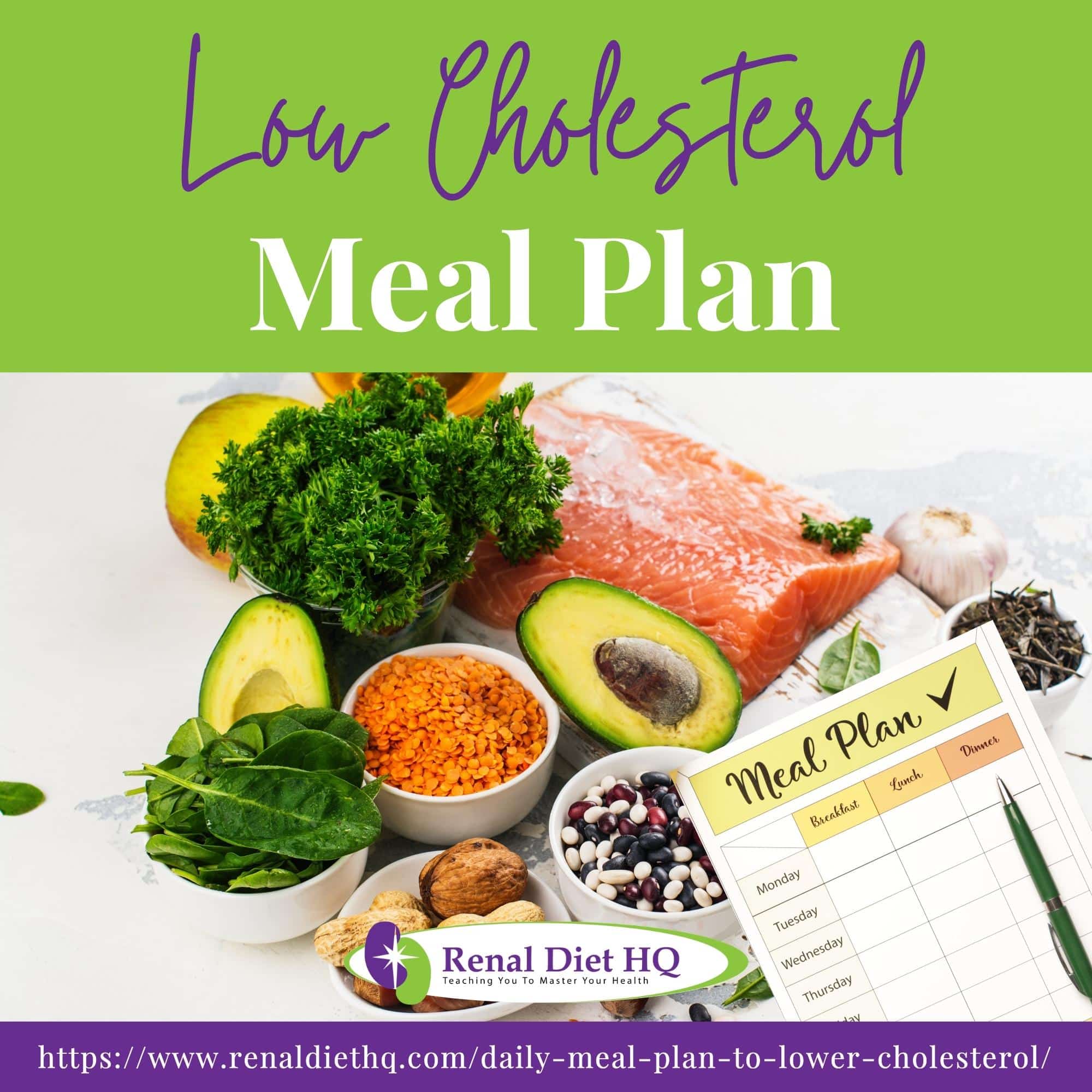
Understanding the Importance of a Low Cholesterol Meal Plan
A low cholesterol meal plan is of paramount importance for maintaining good cardiovascular health and reducing the risk of heart disease.
Cholesterol is a type of fat present in the blood, and elevated levels of LDL (low-density lipoprotein) cholesterol, often referred to as "bad" cholesterol, can lead to plaque buildup in the arteries, restricting blood flow and increasing the risk of heart attacks and strokes.
Adopting a low cholesterol meal plan can effectively lower LDL cholesterol levels and blood triglyceride levels while also promoting higher levels of HDL (high-density lipoprotein) cholesterol, known as "good" cholesterol. This can be achieved by incorporating heart-healthy foods into the diet, such as fruits, vegetables, whole grains, lean proteins, and sources of healthy fats like nuts and avocados.
By reducing the intake of saturated and trans fats, commonly found in fried foods, fatty meats, and processed snacks, individuals can prevent the accumulation of fatty deposits in the arteries.
Limiting the consumption of cholesterol-rich foods, such as red meat and full-fat dairy products, can further support a low cholesterol diet.
Moreover, a low dietary cholesterol diet plan can help manage other risk factors for heart disease, such as high blood pressure and obesity. Maintaining a healthy weight and blood pressure levels are crucial components of cardiovascular health.
Overall, a well-designed low cholesterol meal plan can significantly improve heart health, enhance blood circulation, and lower the risk of cardiovascular events. Pairing it with regular exercise and other lifestyle modifications can further amplify its benefits in maintaining a healthy heart and a long, fulfilling life.
It is essential to consult with a healthcare professional or a registered dietitian to create a personalized meal plan that suits an individual's specific health needs and conditions.
______________________________________________________________________________________
Want A Meal Plan That Is Customizable and Fits Your Needs?
We have a low cholesterol/low fat meal plan that is $24/month, and you can get 3 days free with code: LOWCHOL
Go here: https://www.livingplaterx.com/renaldiethq/mp_l80oq4xmr1752/signup
We have a meal plan that is 100% customizable to your needs, provided nutrition information, groceries and recipes to help you get on track.
--------------------------------------------------------------------------------------------------
Starting Your Day Right: Low Cholesterol Breakfast Options
Starting the day right is essential, and there's a variety of heart-healthy breakfast options that'll help keep cholesterol levels in check.
High fiber cereals are a great way to start your day. These cereals are packed with soluble fiber, which can lower LDL cholesterol. Look for brands that contain at least five grams of fiber per serving. Pair these with low fat milk or plant milk.
Veggie-packed omelets using egg whites or cholesterol-free egg substitutes offer a high protein start to the day without the added cholesterol found in yolks. Add spinach, peppers, tomatoes, or any other veggies for an extra nutritional boost.
Healthy toast toppings like mashed avocado or natural peanut butter provide healthy fats that can help reduce heart disease risk. Opt for whole grain bread as it contains more fiber than white bread.
Nutritious smoothies made with cholesterol-lowering fruits such as oranges, strawberries, apples and grapes can be another excellent choice. Add some oats or flaxseeds to increase soluble fiber content and further promote healthy cholesterol levels.
Remember, maintaining a balanced diet rich in fruits, vegetables, lean proteins and whole grains will go a long way in managing your overall health while keeping your heart happy!
Healthy and Delicious: Low Cholesterol Lunch Ideas
Let's dive into some scrumptious lunch ideas that'll keep your midday meals exciting and heart-friendly. If you're in a hurry, easy and quick low cholesterol lunch recipes like a tuna salad sandwich on whole wheat are ideal. Tuna is rich in omega-3 fats which can help lower your cholesterol levels.
To mix things up a bit, get creative with salads. A green salad with carrots, cucumber, bell peppers, and leftover shrimp or grilled chicken makes for a light yet satisfying meal. Or try a spinach salad with leftover salmon and quinoa garnished with strawberries for an antioxidant boost.
For delicious low cholesterol sandwich options, think beyond just turkey or chicken. How about pita pockets filled with greens, shredded carrot, relish and lean meat? Vegetarian? No problem! Whole wheat tortillas stuffed with avocado slices or hearty black bean spread make for tasty vegetarian low cholesterol lunch ideas.
Even when you're on the go, maintaining a heart-friendly diet is doable. Pack baby carrots or sliced apples paired with hummus or peanut butter respectively as snacks - they're satiating yet healthy! Remember to always choose fresh produce over processed foods for maximum benefits to your heart health.
End Your Day on a High Note: Low Cholesterol Dinner Recipes
Wrapping up the day with a heart-healthy dinner doesn't mean compromising on flavor or satisfaction. In fact, low cholesterol dinner recipes can be packed full of taste and offer numerous health benefits.
A low cholesterol diet aids in reducing your risk of heart disease and stroke by maintaining healthy blood pressure levels.
Incorporating heart-healthy ingredients into your meals is easier than you think. Opt for lean meats like grilled shrimp or salmon, which are high in omega-3 fatty acids that help lower cholesterol levels. Pair these with fiber-rich sides such as brown rice, quinoa, or whole wheat pasta to keep you feeling satisfied longer.
When it comes to easy low cholesterol dinner ideas, consider a simple grilled chicken served with steamed veggies and new potatoes. Or try turkey burgers wrapped in lettuce leaves for a delightful twist. For something special, marinated chicken wings served with sautéed squash and wild rice make an appetizing meal.
Remember that preparation method matters too; grilling and broiling are healthier options compared to frying.
With these tips for cooking low cholesterol meals, you're well on your way to a delicious eating plan and ending your days on a tasteful note while taking care of your heart's health too!
Snacking Smart for A Lower Cholesterol Diet
Consider these low cholesterol snack ideas for on the go: baby carrots with fat-free ranch dressing, sliced apples with peanut butter, or a handful of almonds. These snacks are not only nutritious but also quick and easy to prepare.
Whole wheat crackers with nut butter or raw broccoli with hummus are also great options that offer an added dose of fiber and protein.
Snacking strategies for maintaining a low cholesterol diet involve planning ahead and choosing foods rich in whole grains, fruits, vegetables, and lean proteins. Remember that moderation is key even when eating healthy foods.
Exploring the benefits of low cholesterol snacking reveals its impact on heart health by helping lower LDL or bad cholesterol levels while raising HDL (good) ones. So embrace smart snacking – it's a small change that can lead to big improvements in your overall health profile.
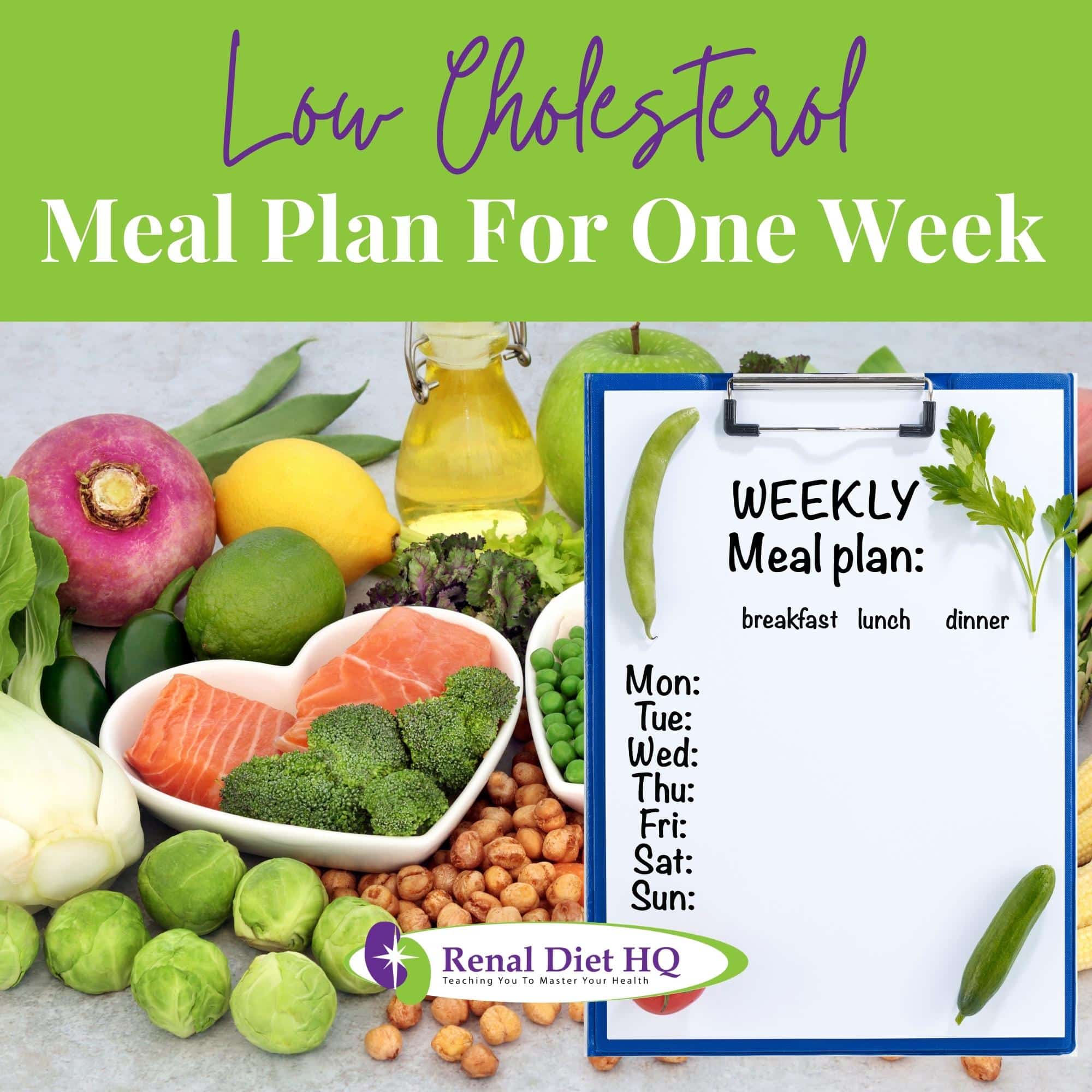
Meal Plan And Foods For One Week
To get an idea of a healthy diet and a low-cholesterol meal plan, here is a sample 7-day meal plan:
Sunday
Breakfast- Egg omelet (without the egg yolks) with spinach, cherry tomatoes, and low-fat cheddar cheese.
Lunch- Tuna salad sandwich on whole wheat.
Dinner- Grilled shrimp and zucchini kabobs, served over brown and wild rice. Lemon juice to season.
Snacks- Baby carrots with fat-free ranch dressing, a handful of almonds.
Monday
Breakfast- Hot bran cereal with fresh berries and honey.
Lunch- Mixed green salad with carrots, cucumber, bell peppers, and topped with leftover shrimp and veggies. The low-fat dressing of your choice.
Dinner- Baked salmon with Dijon topping, asparagus, and quinoa.
Snacks- Sliced medium apple with peanut butter, baby carrots.
Tuesday
Breakfast- Oatmeal with apples, pecans, and cinnamon.
Lunch- Spinach salad with leftover salmon and quinoa, strawberries, and balsamic vinaigrette dressing.
Dinner- Grilled chicken served with steamed new potatoes and sautéed green beans.
Snacks- Handful of pecans, fresh fruit.
Wednesday
Breakfast- Whole wheat toast with peanut butter and sliced banana.
Lunch- Grilled chicken pita pocket with greens, shredded carrot, and relish.
Dinner- Turkey breast served with baked sweet potato and steamed broccoli.
Snacks- Raw broccoli with hummus, banana.
Thursday
Breakfast- Whole wheat English muffin with egg whites, a slice of cheddar cheese, and turkey bacon.
Lunch- A whole wheat tortilla with leftover turkey, sliced tomato, lettuce, turkey bacon, and avocado.
Dinner- Marinated chicken wings, grilled or broiled, served with sautéed squash and wild rice.
Snacks- Whole wheat crackers with nut butter, fresh fruit.
Friday
Breakfast- Oatmeal with raisins and walnuts.
Lunch- Chicken taco with black or kidney beans on the side.
Dinner- Lean steak, grilled or broiled, served with roasted asparagus and a baked potato or steamed sweet potatoes with margarine and low-fat sour cream.
Snacks- Fresh fruit, a handful of nuts.
Saturday
Breakfast- Whole grain pancakes topped with fresh peaches and whipped topping.
Lunch- Pita sandwich with leftover steak, melted cheddar cheese, lettuce, and tomato.
Dinner- Grilled turkey burgers wrapped in big lettuce leaves with your favorite toppings, served with homemade baked fries.
Dessert- Grilled peaches and pineapple served with a scoop of fat-free vanilla frozen yogurt.
Snacks- Pretzels and hummus, baby carrots.
This 7-day low cholesterol diet plan can help you to understand what sort of foods you should eat to help lower your cholesterol. This is a diet that focuses on whole grains, plenty of fresh produce, unprocessed foods and is low in saturated fats for a healthy heart.
You can use this diet plan to model your own and make changes accordingly. Remember to incorporate a lot of natural foods in your grocery list in making your own healthy diet plan.
The Role of Eating Whole Grains and Fresh Produce
The role of whole grains and fresh produce in a low cholesterol diet is crucial for promoting heart health and reducing the risk of cardiovascular disease.
Whole grains, such as brown rice, quinoa, oats, and whole wheat, are rich in fiber and essential nutrients. The soluble fiber found in whole grains helps to lower LDL levels by binding to cholesterol molecules in the digestive tract and eliminating them from the body. This can lead to a reduction in the overall levels of cholesterol and a decreased risk of plaque buildup in the arteries.
Similarly, fresh produce, including fruits and vegetables, is a cornerstone of a low cholesterol heart healthy diet. They are rich in vitamins, minerals, antioxidants, and dietary fiber. The soluble fiber in fruits and vegetables also aids in reducing LDL levels, while antioxidants protect the heart by neutralizing harmful free radicals.
Leafy greens like spinach and kale, as well as fruits like berries, citrus fruits, and apples, have been associated with improved heart health due to their cholesterol-lowering properties. Consuming a variety of colorful fruits and vegetables ensures a diverse range of nutrients that support overall cardiovascular health.
Furthermore, whole grains and fresh produce contribute to a well-balanced diet that helps in managing weight and blood pressure, two critical factors in heart health. They are also low in saturated and trans fats, making them heart-friendly options.
Incorporating whole grains and fresh produce into meals can be enjoyable and versatile. They can be used in salads, soups, stir-fries, smoothies, and as side dishes to complement various recipes.
By focusing on these nutrient-dense and cholesterol-lowering foods, individuals can proactively take control of their cholesterol levels and work towards a healthier heart and a reduced risk of heart disease.
As with any dietary changes, it is essential to consult with a healthcare professional or a registered dietitian to ensure a well-balanced and personalized low cholesterol diet that meets individual health needs and preferences.
Navigating Dietary Fats: Saturated Fats vs. Healthy Fats in Foods
Saturated fats and healthy fats (unsaturated fats) are two distinct types of dietary fats with vastly different effects on cardiovascular health.
Saturated fats are typically solid at room temperature and are commonly found in animal-based products like fatty meats, butter, full-fat dairy, and tropical oils like coconut oil and palm oil.
They have been linked to an increase in LDL (low-density lipoprotein) cholesterol levels, which can contribute to the buildup of plaque in arteries and raise the risk of heart disease and stroke. Thus, it is recommended to limit saturated fat intake to promote heart health.
On the other hand, healthy fats, such as monounsaturated fats and polyunsaturated fats, are heart-healthy fats beneficial to cardiovascular health. They are primarily found in plant foods like avocados, olive oil, nuts, seeds, and fatty fish like salmon and mackerel.
These fats can help lower LDL cholesterol levels while simultaneously increasing HDL (high-density lipoprotein) cholesterol, often referred to as "good" cholesterol. HDL cholesterol helps remove LDL cholesterol from the arteries, reducing the risk of artery blockages.
Moreover, healthy fats contain essential omega-3 and omega-6 fatty acids, which play a crucial role in supporting brain function, reducing inflammation, and maintaining healthy cell membranes.
| Type of Fat | Impact on Cholesterol | Heart Healthy Cooking Techniques |
| Saturated Fats | Increases LDL (bad) cholesterol, increasing high cholesterol risk factors | Limit intake by choosing lean meats, switching to low-fat dairy products |
| Monounsaturated Fats | Decreases LDL cholesterol, increases HDL (good) cholesterol | Incorporate foods like avocados, olive oil, and nuts into meals |
| Polyunsaturated Fats | Lowers overall cholesterol | Include fatty fish like salmon or mackerel twice a week in your meal plan |
The main difference between saturated fats and healthy fats lies in their impact on cholesterol levels and overall cardiovascular health. While saturated fats can raise LDL cholesterol and increase heart disease risk, healthy fats can help lower LDL cholesterol and promote heart health when consumed in moderation as part of a well-balanced diet. It is essential to make mindful food choices, replacing sources of saturated fats with healthier alternatives to support a heart-healthy lifestyle.
Lowering Cholesterol’s Impact on Heart Healthy Diets
A high cholesterol diet can have severe consequences on heart health, significantly increasing the risk of developing cardiovascular diseases.
When individuals regularly consume foods high in saturated and trans fats, such as red meat, full-fat dairy products, fried and processed foods, and baked goods made with hydrogenated oils, it leads to elevated LDL cholesterol levels in the blood. High levels of LDL cholesterol contribute to the formation of plaque in the arteries, a condition known as atherosclerosis.
As plaque accumulates on the arterial walls, the arteries become narrowed and hardened, restricting blood flow to vital organs, including the heart. This condition can lead to coronary artery disease (CAD) or coronary heart disease, where the blood flow to the heart muscle is reduced, increasing the risk of heart attacks.
Additionally, a high cholesterol diet can lead to other cardiovascular issues such as hypertension (high blood pressure), which further strains the heart and blood vessels. High blood pressure, combined with elevated blood cholesterol levels, accelerates the progression of atherosclerosis and increases the risk of heart disease, strokes, and other cardiovascular complications.
Furthermore, high dietary cholesterol diets are often associated with weight gain and obesity, both of which are significant risk factors for heart disease. Obesity can lead to metabolic disturbances, insulin resistance, and an increased risk of developing type 2 diabetes, all of which can negatively impact heart health.
Hence, a high cholesterol diet poses grave consequences on heart health, promoting the development of atherosclerosis, increasing the risk of heart attacks, strokes, and other cardiovascular diseases.
To protect heart health, it is essential to adopt a balanced diet low in saturated and trans fats, while incorporating heart-healthy foods like fruits, vegetables, whole grains, and sources of healthy fats. Regular monitoring of cholesterol levels and maintaining a healthy lifestyle plan through regular exercise and avoidance of smoking are also crucial components of heart disease prevention.
Customizing Your Low Cholesterol Meal Plan to Fit Your Needs
Don't feel confined by the specific diet plans and menus we have shown here; you've got the freedom to shake things up and tailor it to your palate!
Here are a few customization tips for your low cholesterol meal plan. First, consider substituting some ingredients with other cholesterol lowering foods. For instance, if you're not fond of salmon, replace it with baked chicken breast. Both are lean proteins that can help reduce bad LDL cholesterol levels.
Next, keep portion control in mind when serving meals. Just because food is healthy doesn't mean you can eat an unlimited amount of it! Use smaller plates and bowls to curtail portions automatically and savor each bite.
Cooking methods also play a crucial part in maintaining the nutritional value of foods. Opt for healthier cooking methods like grilling, broiling, or steaming instead of deep frying or sautéing in lots of oil.
Lastly, remember that meal planning tips aren't set in stone. Feel free to experiment with different recipes that incorporate recommended heart-healthy ingredients while satisfying your taste buds!
Remember – these adjustments aim at supporting your health journey without sacrificing flavor or variety. So go ahead and mix things up a bit!
The Importance of Regular Check-ups and Monitoring Your Cholesterol Levels
Regular check-ups and monitoring of cholesterol levels are of utmost importance for maintaining heart health and preventing cardiovascular diseases. Cholesterol is a significant risk factor for heart disease, and elevated levels of LDL (low-density lipoprotein) cholesterol can lead to the formation of plaque in the arteries, increasing the risk of atherosclerosis and heart attacks.
Regular check-ups with healthcare professionals allow for routine monitoring of cholesterol levels, blood pressure, and other cardiovascular risk factors. This enables early detection of any abnormalities or signs of potential heart issues, providing an opportunity for timely interventions and preventive measures.
By monitoring cholesterol levels, individuals can assess their heart health and make informed decisions regarding their lifestyle and dietary choices.
If high cholesterol levels are detected, healthcare providers can work with patients to develop personalized treatment plans, which may include dietary modifications, regular exercise, and, if necessary, medication to lower cholesterol levels and reduce the risk of cardiovascular events.
Moreover, regular check-ups offer an opportunity for healthcare professionals to educate patients about heart-healthy habits, such as adopting a balanced diet, maintaining a healthy weight, engaging in regular physical activity, and avoiding smoking. Patients can also learn about the benefits of a low cholesterol diet and the importance of managing other risk factors like blood pressure and blood sugar levels.
Overall, regular check-ups and cholesterol level monitoring empower individuals to take charge of their heart health, identify potential issues early on, and make the necessary lifestyle changes to promote heart health and reduce the risk of heart disease and its complications.
FAQs for Low Cholesterol Diet Plan
In a low cholesterol meal plan, recommended portion sizes focus on maintaining a balanced diet while controlling calorie and fat intake. Aim for approximately 3-4 ounces of lean cuts of meat, such as chicken, turkey, fish, or plant proteins per meal.
Include a variety of colorful fruits and vegetables, aiming for at least 1-2 cups of vegetables and 1 cup of fruits each day. Incorporate whole grains like brown rice or quinoa, limiting the portion to about ½ to 1 cup per serving. Use healthy fats, like a tablespoon of olive oil or a handful of nuts, in moderation. Avoid oversized portions and prioritize nutrient-dense foods to support heart health effectively.
When dining out or attending social events, you can still incorporate a low cholesterol diet by making mindful choices. Opt for grilled, baked, or steamed dishes instead of fried options. Choose lean proteins like fish, poultry, or plant-based alternatives.
Request sauces and dressings on the side to control portions. Fill your plate with vegetables and whole grains, and limit high-fat sides. Avoid excessive butter, cheese, and creamy sauces.
Be mindful of portion sizes and avoid overeating. If possible, research the menu beforehand or suggest restaurants with heart-healthy options. Most importantly, don't be afraid to communicate your dietary preferences and needs to the host or restaurant staff.
The time it takes to see a decrease in cholesterol levels when following a low cholesterol meal plan can vary depending on individual factors such as starting cholesterol levels, genetics, overall health, and adherence to a healthy diet plan. In general, noticeable improvements may occur within a few weeks to a few months.
However, significant changes in cholesterol levels may take several months to a year. Consistency with the low cholesterol diet, regular exercise, and other lifestyle modifications play crucial roles in achieving and maintaining improved cholesterol levels. It is essential to consult with a healthcare professional to monitor progress and adjust the plan as needed.
Keeping Your Cholesterol Low Helps You Stay On Top Of Your Health
Adopting a low cholesterol meal plan is a crucial step in improving heart health and reducing the risk of cardiovascular diseases.
By focusing on foods low in saturated fats and high in whole grains, fresh produce, and healthy fats, individuals can effectively lower LDL cholesterol levels and promote higher levels of HDL cholesterol. This dietary approach not only supports heart health but also helps manage other risk factors like blood pressure and obesity.
Customization is key in tailoring the meal plan to individual preferences and needs, ensuring a sustainable and enjoyable eating experience. Regular check-ups and cholesterol level monitoring are essential to track progress and make timely interventions if necessary. Making heart-healthy choices while dining out or at social events can be achieved through mindful decision-making and communication.
Incorporating a low cholesterol meal plan into daily life offers numerous benefits, from enhancing blood circulation to reducing the risk of heart attacks and strokes. By prioritizing heart health and making conscious dietary choices, individuals can lead a healthier, more fulfilling life with a well-nourished heart.
______________________________________________________________________________________
Want A Meal Plan That Is Customizable and Fits Your Needs?
We have a low cholesterol/low fat meal plan that is $24/month, and you can get 3 days free with code: LOWCHOL
Go here: https://www.livingplaterx.com/renaldiethq/mp_l80oq4xmr1752/signup
We have a meal plan that is 100% customizable to your needs, provided nutrition information, groceries and recipes to help you get on track.
--------------------------------------------------------------------------------------------------





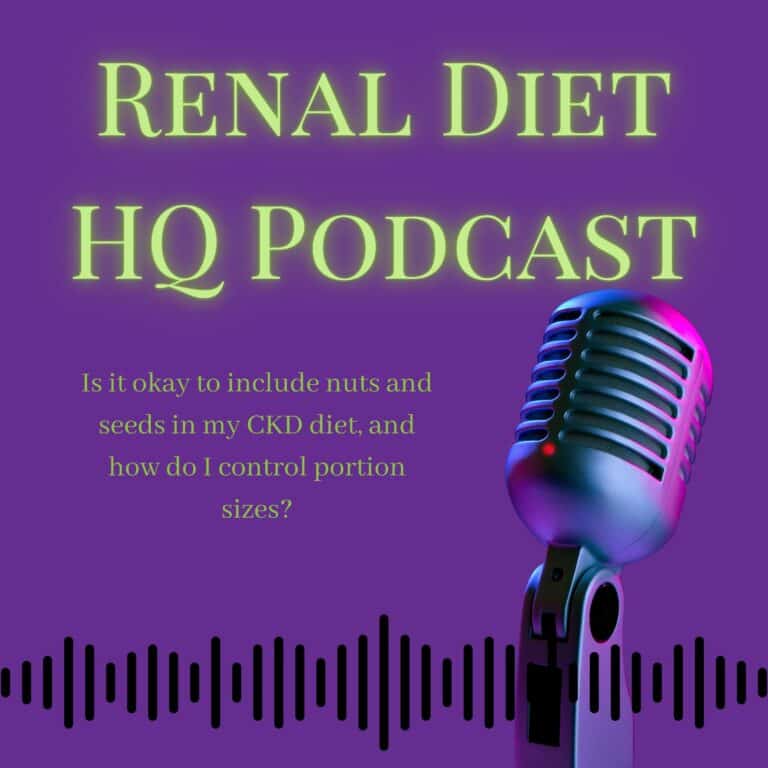
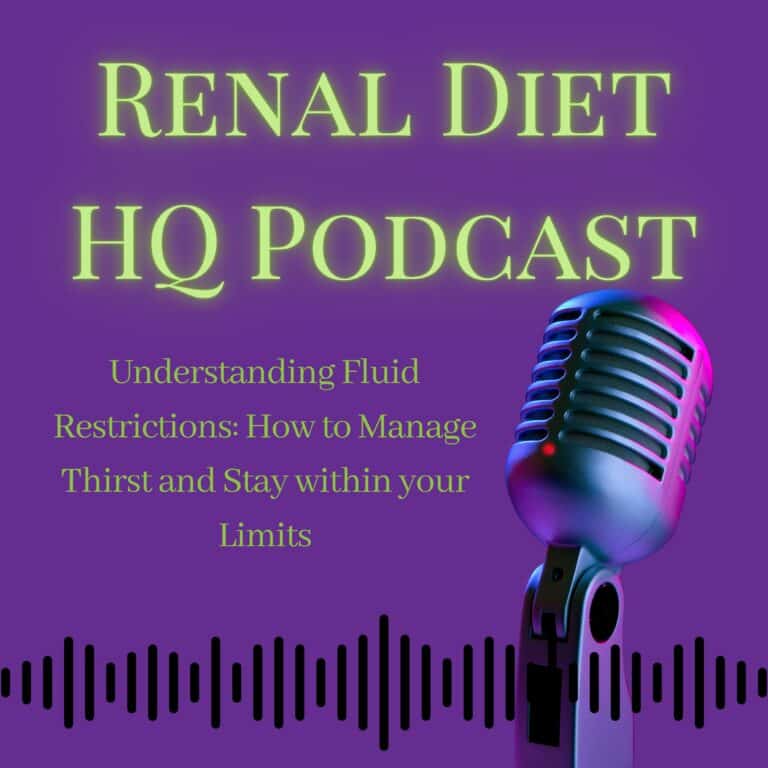
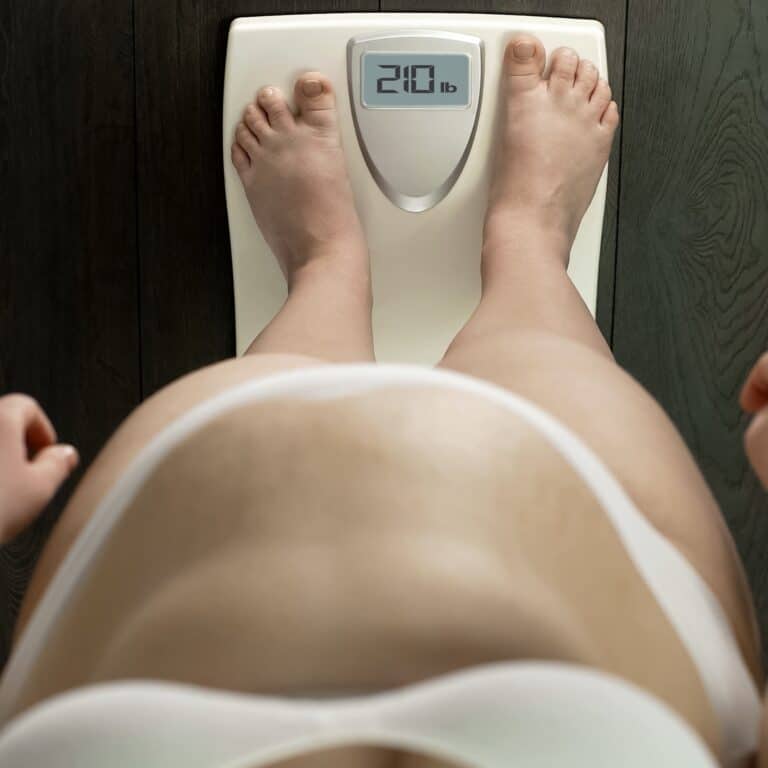



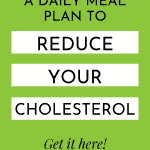
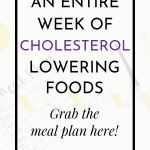
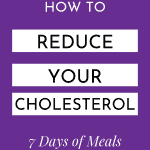
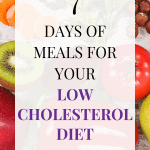
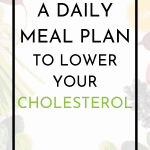
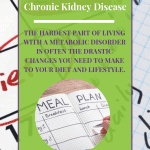
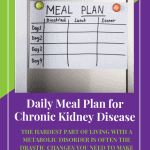
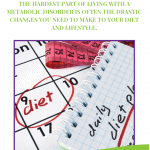




Can I purchase a cookbook from you